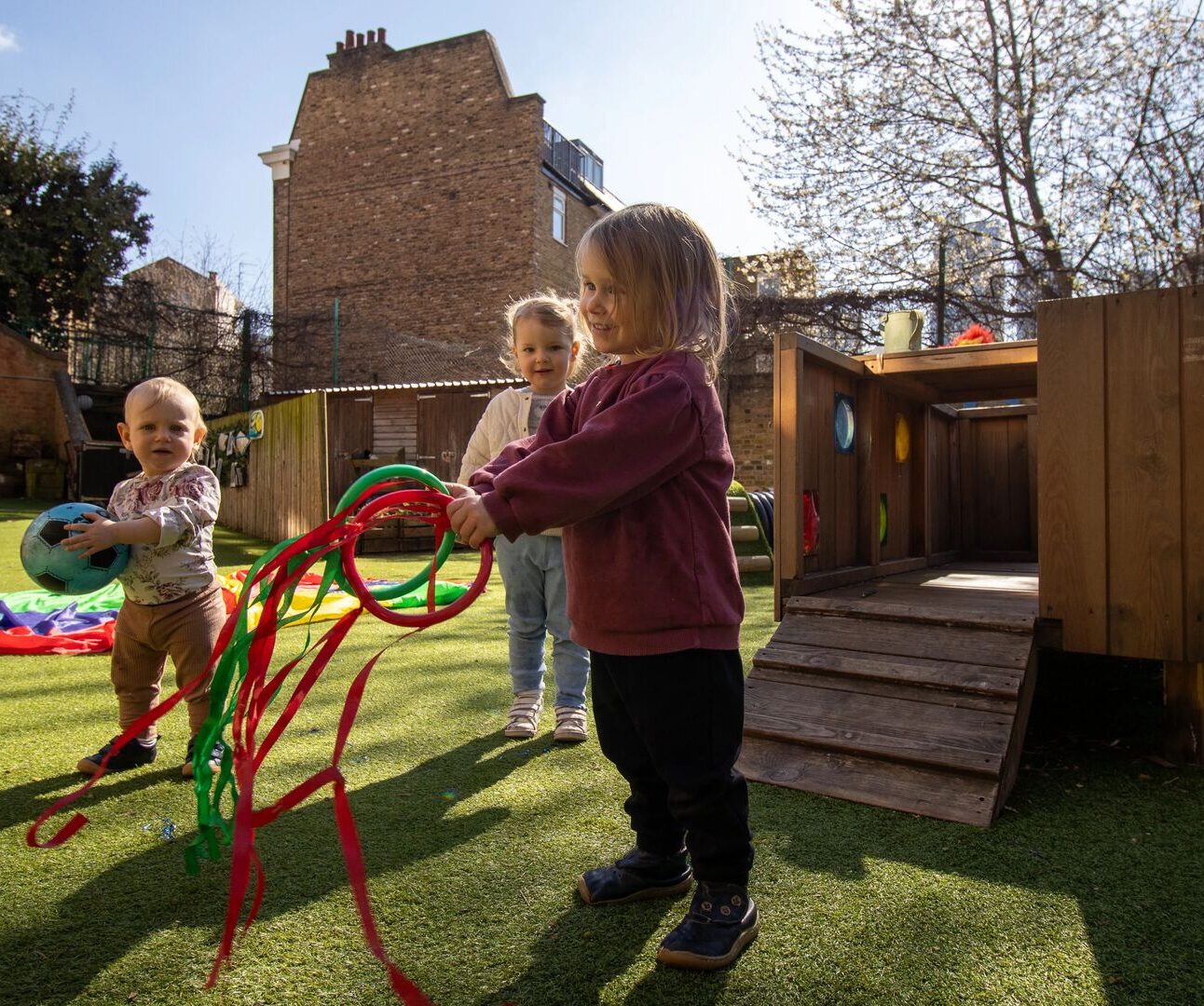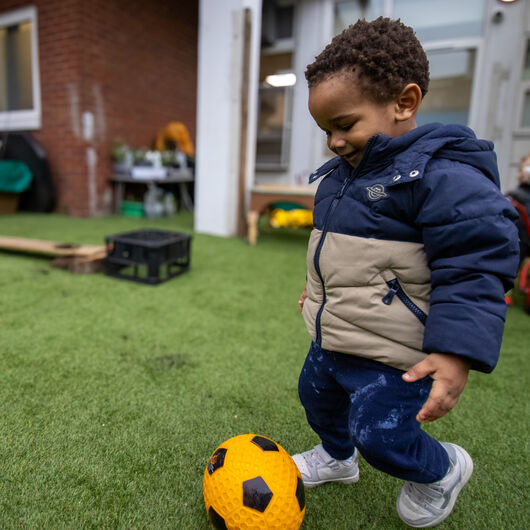
Another Consultation… This time, it’s Space
Just as the ink dries on the Ofsted consultation, up pops another. This time it’s about space, equally important and not to be overlooked. The Department for Education (DfE) has…
May 12th 2025
The Governments policy to expand “childcare” for children from 9 months by funding 30 hours ECEC is driving demand and anxiety in equal measure. I was therefore happy to join a webinar last week hosted by Elly Roberts from Nursery World and joined colleagues from Bright Horizons, Early Years Alliance and Norland College to address the issue. Over 1,300 Early Years professionals signed up which reflect their eagerness to learn more about how we provide high-quality care and education for our youngest children in a way that recognises that caring for babies is distinct from working with older children. They were asked two poll questions:
The first two years of life are foundational. The recent government Best Start report (2025) reminds us, babies begin to build the physical, cognitive, and emotional capabilities that underpin all future learning. But these milestones don’t happen automatically. They require attentive, sensitive responsive adults who understand how children learn and are confident in supporting them every step of the way.
It’s not just about care—it’s about education too. The report emphasises that some developmental skills need to be explicitly taught. This highlights a significant shift in mindset: looking after babies is not just nurturing; it is high-level pedagogical work.
A good understanding of child development remains fundamental. I will always remind people of Mary Sheridan’s clear developmental milestones, recognising that within these milestones, children are unique and make their own progress. Someone in the chat mentioned there is a Mary Sheridan website and set of resources which I will definitely be checking out. Many of us are concerned that some of the newly qualified staff have no idea of attachment and the baby steps of development. This is a concern, and these gaps translate to other key areas also for example the Best Practice Report revealed that 31% of practitioners thought physical development in under-twos didn’t need adult support, assuming it was purely natural. In contrast, research shows that adult intervention—through scaffolding movement, responsive interaction, and thoughtfully designed spaces—significantly accelerates physical learning.
The webinar also discussed the idea of what we call at LEYF, the enabling environment. I was keen to highlight the cookie cutter approach to room design nowadays where nurseries are designed like showhouses, looking great to the untutored eyes but actually pedagogical deserts. is critical. From the layout and lighting to furniture and flooring, every element sends a message about what we value and how the child learns. It gave me the chance to talk about the ‘pedagogy of the sofa’—a soft, safe base for connection and comfort and a place where children’s heart rate is reduced by lying in the comfort of an adults’ arms. A touch of home and love!
At the heart of excellent baby care lies the key person relationship. It provides the emotional security babies need to thrive in a new setting, especially as families transition from the home learning environment to nursery. Educators must form not only bonds with children but also deep trust with parents—acknowledging that for many, leaving their baby in someone else’s care is emotionally complex and sometimes painful.
Routines, predictability, and attuned caregiving matter more than ever in this stage. They don’t just support daily functioning—they anchor babies’ sense of self and belonging. Sleeping and feeding routines must be calm, predictable, and rooted in strong attachment. These aren’t just care routines—they’re key opportunities for interaction, intimacy, and learning. Look at some of the work by Pikler to help shape your approach.
Communication is central to learning for babies—even before words emerge. The Best Practice Report found that high-quality narration, alliteration, and singing helped foster early language. The Twoness of Twos report, which I co-authored with Louise Hannon, further emphasised the importance of modelling language, responsive mimicry, eye contact, and gestures. Techniques like Makaton can reduce frustration and increase connection.
This reveals a clear need for more embedded training—grounded in conversation, coaching, and communities of practice. Developing leaders who are confident in overseeing baby rooms is essential. It also means shifting the perception of this work from being less desirable or ‘simple’ to a space where skilled pedagogy, emotional intelligence, and deep developmental knowledge come together.
To get it right from the start, we must:

Just as the ink dries on the Ofsted consultation, up pops another. This time it’s about space, equally important and not to be overlooked. The Department for Education (DfE) has…

How I Learned to Stop Worrying and Love the Kill Switch! This is AI blog number four, and by now I thought I’d be off down the rabbit hole exploring…

Are children deprived of the opportunity to play?… …is not a new question, but one that continues to be tackled on many levels. Greg Bottrill’s book ‘Can…